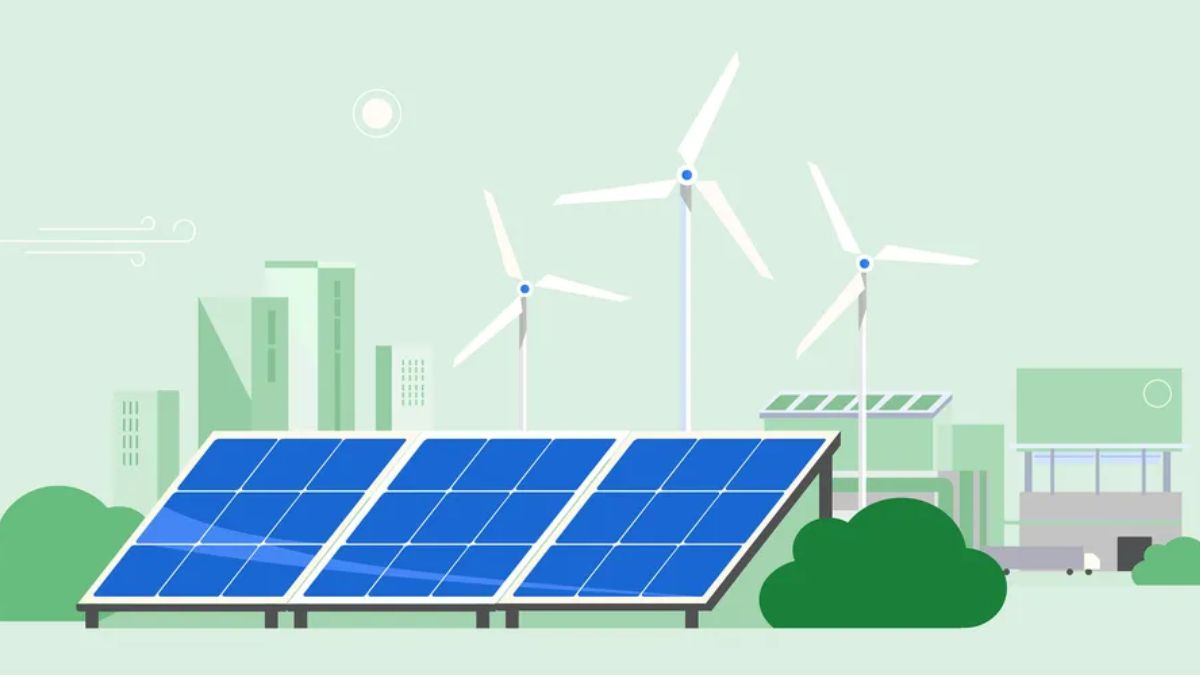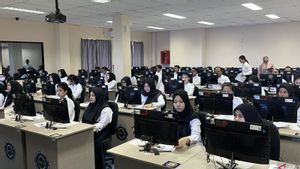JAKARTA Google is still committed to achieving its target, namely using carbon-free energy every day by 2030. During decarbonization, Google faces a number of challenges.
In Asia Pacific, places that can be used as clean energy resources are very limited, such as in Japan and Singapore. Although the land is not as wide as other areas, Google realizes that partnership opportunities in the Asia Pacific region are very high.
"Here (Asia Pacific), we see an opportunity to cooperate with partners to develop a network of hundreds of small-scale solar power plants on the land available in several prefectures," Google said.
If this small-scale solar power project is collected, the energy formed can support Google's data centers, cloud areas, and office operations. Structures like this are often faced in various Asian markets so that their annual electricity output can be very large.
SEE ALSO:
Therefore, Google partners with the provider of biomass power plants to buy electricity. This technology uses fuel from household waste equipped with pilot technology to capture and use carbon dioxide.
"In areas with land constraints, ensuring high energy generation productivity is very important. The annual electricity output of this project is approximately six times that of similar solar power projects in Singapore, resulting in more electricity with less space," Google explained.
Google added that it would not be able to achieve the Carbon Free Energy (CFE) 24-7 target without the help of partners. In addition to reducing indirect emissions from the company's value chains, Google is also helping semiconductor manufacturers to advance their sustainability goals.
The English, Chinese, Japanese, Arabic, and French versions are automatically generated by the AI. So there may still be inaccuracies in translating, please always see Indonesian as our main language. (system supported by DigitalSiber.id)


















